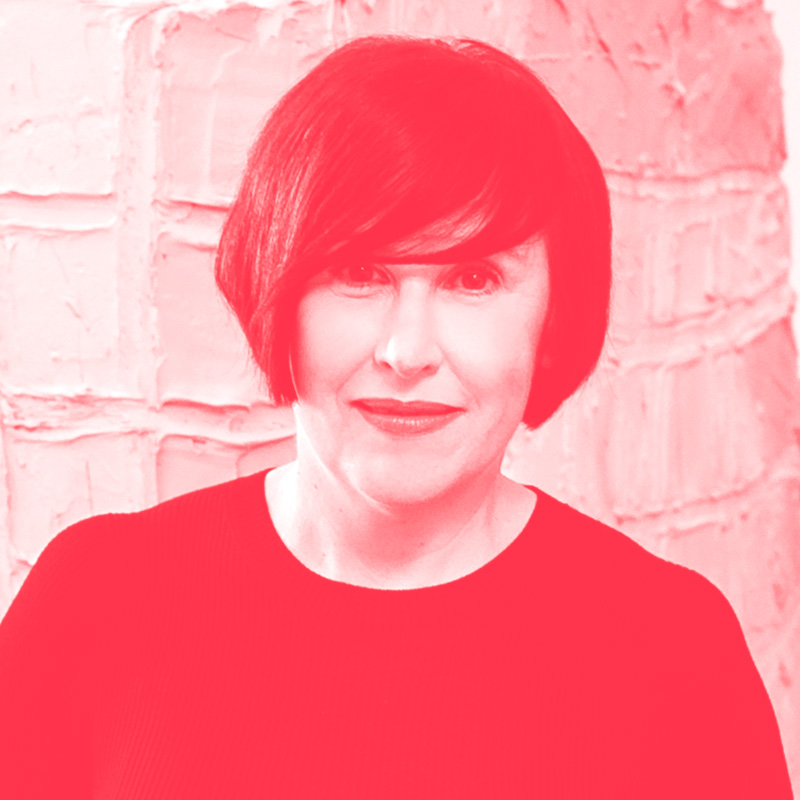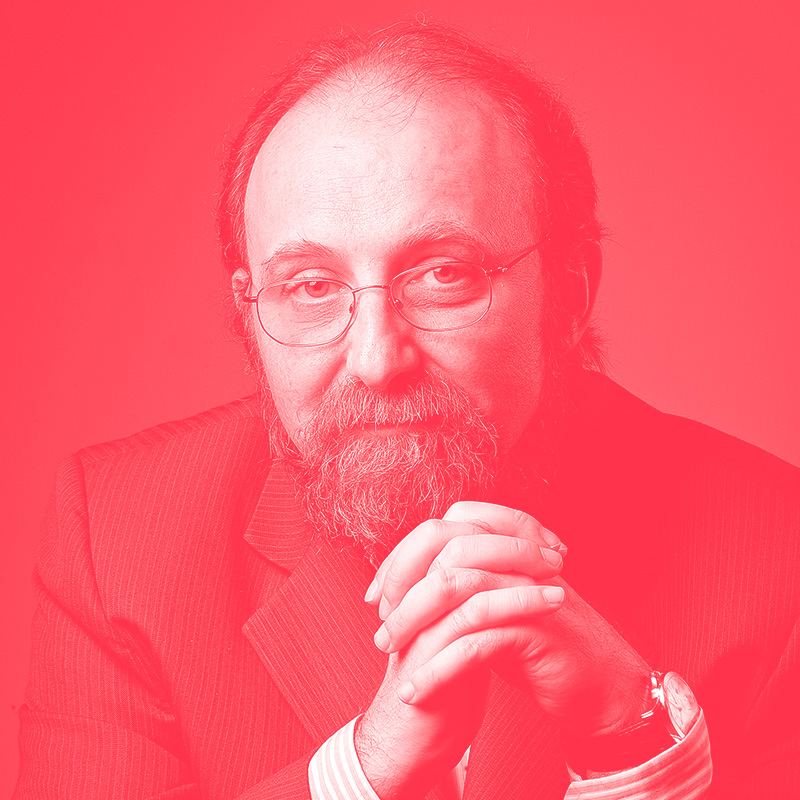Arjun Appadurai is a leading thinker in the field of globalization. His extensive academic and research-driven career has been centred on achieving an understanding of how this phenomenon has affected modern life, believing that its most important impact has been on culture. read more …
He is the author of several books on the cultural and social dimensions of globalization. In Modernity at Large, which is one of the most important anthropology studies ever written, he conceptualizes modernity as a constant and unpredictable circulation of people, ideas, technologies and images, leading to a trans-national world. In another of his seminal works, Disjuncture and Difference in the Global Cultural Economy, Appadurai proposes 5 factors that contribute to the global exchange of ideas and information. He labels these five dimensions as “scapes”, which are permeable and constantly changing, just as cultures are. One of these dimensions, the Ethnoscape, refers to the migration of people across cultures and borders, presenting the world and its many communities as fluid and mobile instead of solid and static.
Having earned his anthropology B.A. from Brandeis University and his M.A. and Ph.D. from The Committee on Social Thought at the University of Chicago, he is Paulette Goddard Professor of Media, Culture and Communication at New York University, where he is also Senior Fellow at the Institute for Public Knowledge.
A member of the American Academy of Arts and Sciences, during his academic career he has also held professorial chairs at Yale University, the University of Chicago and the University of Pennsylvania, along with numerous fellowships and scholarships, receiving several scholarly honours.
Arjun Appadurai has also served as a consultant or advisor to a wide range of public and private organizations, including many major foundations (Ford, MacArthur and Rockefeller); UNESCO; UNDP; the World Bank; the National Endowment for the Humanities and the National Science Foundation. He currently serves on the Advisory Board for the Asian Art Initiative at the Solomon Guggenheim Museum and on the Scientific Advisory Board of the Forum D’Avignon in Paris.
No Borders
Inspired by the American designer and author, Buckminster Fuller, EXD’13 launched its theme, NO BORDERS, driven by an affirmation taken from his book Operating Manual for Spaceship Earth, written in 1969:
“Where do you live?” “What are you?” “What religion?” “What race?” “What nationality?”, are all thought of today as logical questions. By the twenty-first century it either will have become evident to humanity that these questions are absurd and anti-evolutionary or men will no longer be living on Earth.”
When in 1969 Buckminster edited his anticipatory book “Manual for Spaceship Earth”, where this paragraph is taken from, he believed that by the 21st century these questions would no longer be asked. That humanity would have reached an evolutionary level where the barriers created by space, by beliefs and by race would be diluted.
The beginning of the 21st Century unavoidably presents itself as a unique moment of profound transformation on various levels, embodying a time where we will inevitably be forced to review that which we take for granted and redesign a substantial part of our operational structures.
In many cases, defining a border means evidencing a difference and somehow transforming it into an obstacle. “NO BORDERS” is centered on the detection and analysis of some of the principle barriers and frontiers that human beings, as social animals, have created over time. It explores not only the identification and definition of these barriers, but also the development of possible solutions that may allow for their transformation.
Furthermore, it assumes that collaboration and cooperation represent fundamental vehicles for social development, wherein the creation of an effective context that allows them to exist becomes a priority. This context is intimately connected to the dismantling of some of the borders that we have created and intimately linked to the development of new material or immaterial tools, be they on a small or grand scale.
When we refer to borders that are inherent to our structures we automatically refer to them in their multiple and diverse forms. We look at borders that are anthropological, cultural, social, geographic, technological, economic and financial. Physical, mental, material, immaterial and emotional. These represent a truly multidisciplinary and transnational territory that is extremely current and within which design will play a fundamental role.
Thus, experimenta launches as a central theme for the EXD’13 Lisboa one of the great subjects of this century, and calls upon designers, architects, theorists, producers, researchers, economists, managers, politicians and the general public for a comprehensive and plural discussion of its meaning.
Without borders.”
In 2017, this theme influences, and will continue to influence humanity’s political, ethical and economic agenda. Arjun Appadurai, one of the most fascinating thinkers on globalization, continues the examination produced by EXD in 2013, bringing his unique perspective as a contribution to the theme NO BORDERS. ← close






